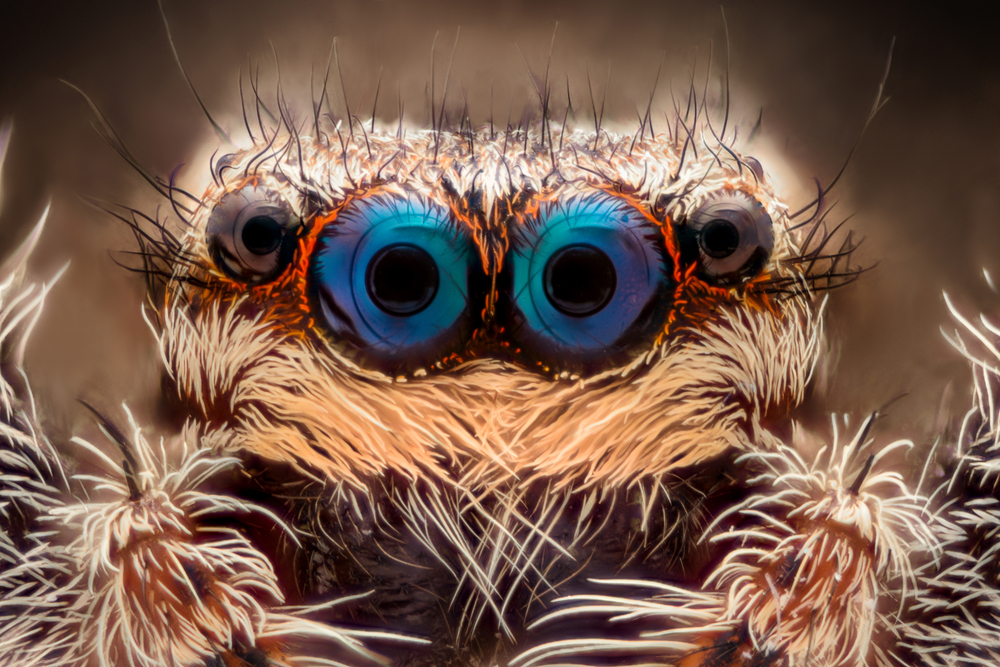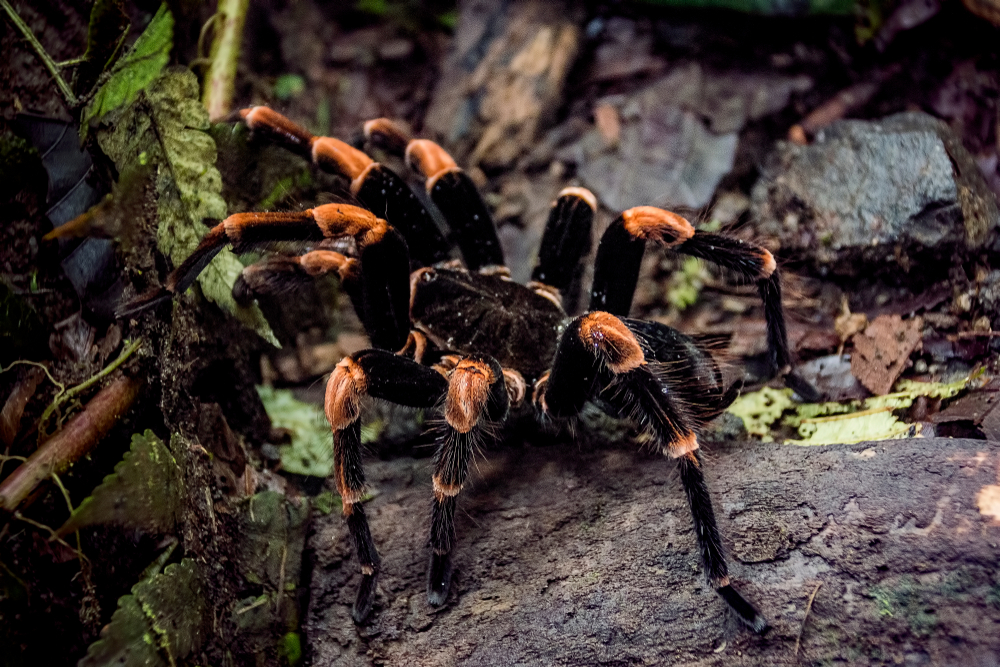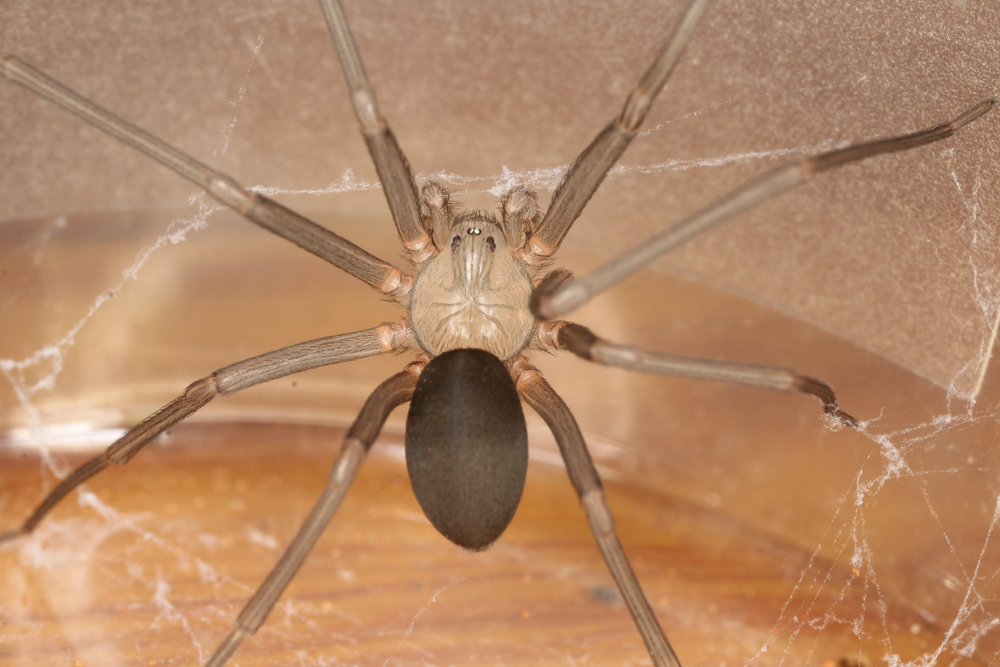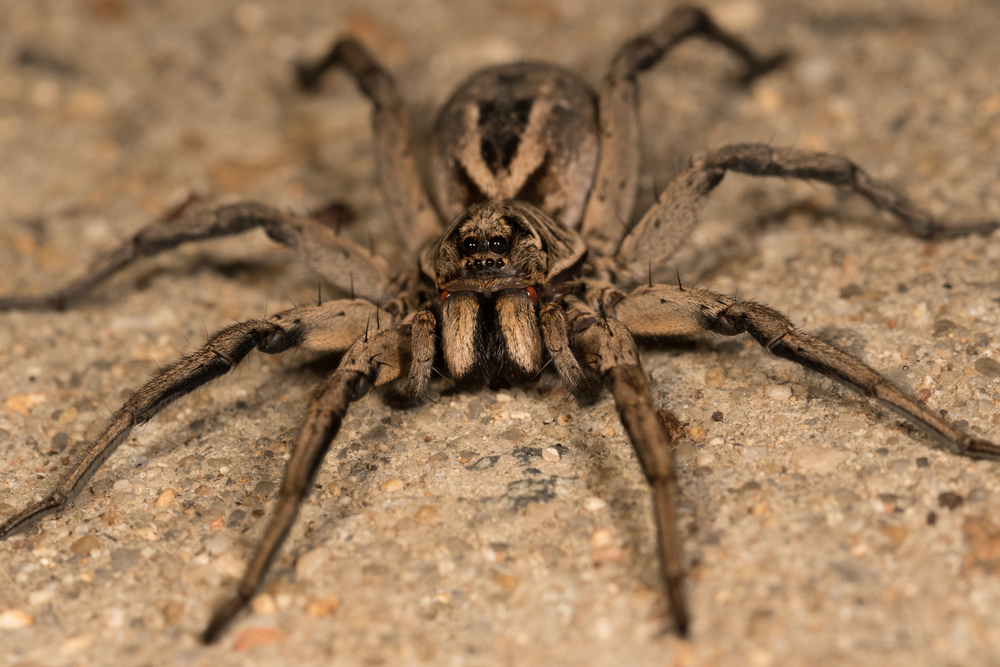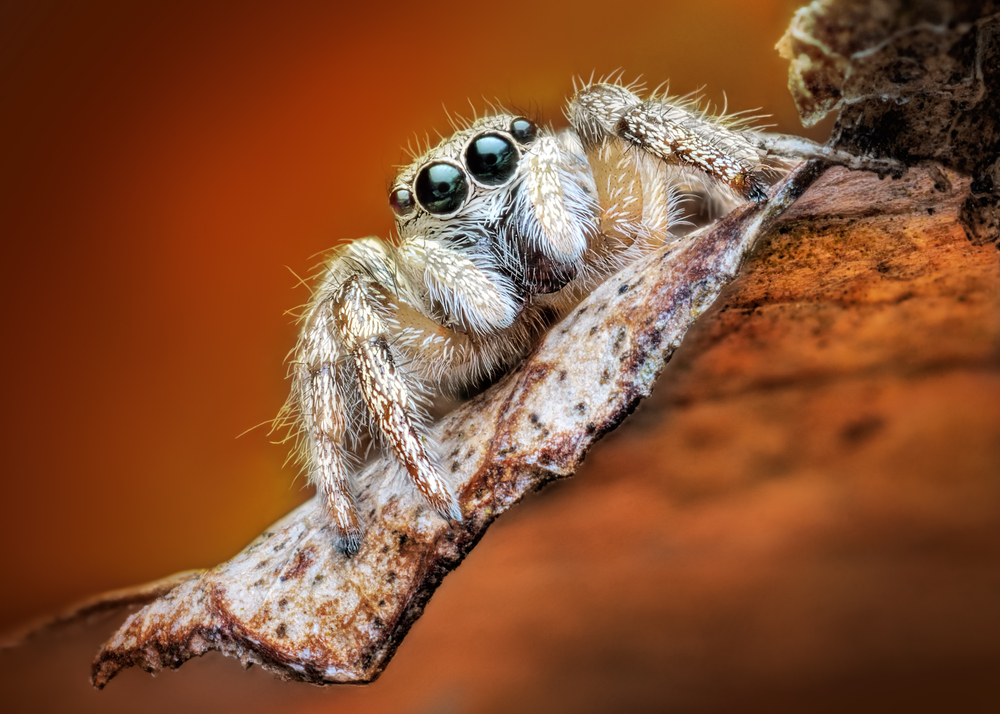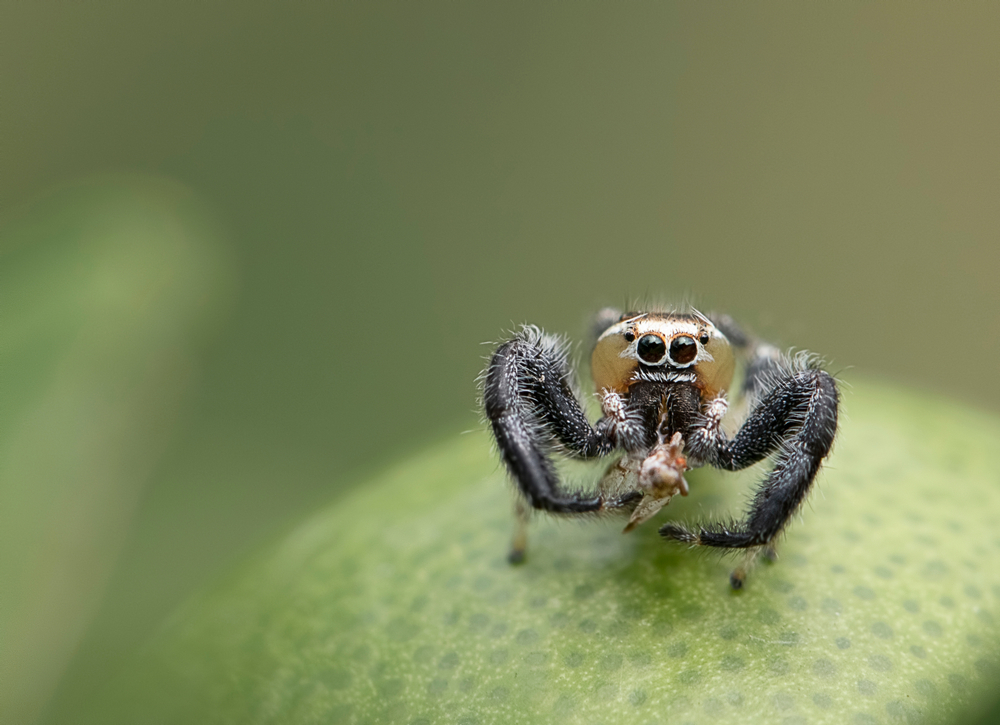Uniqueness
Jumping spiders, belonging to the family Salticidae, are among the most fascinating and diverse spider species, known for their unique hunting methods and highly developed vision. Here are some key aspects that make jumping spiders unique:
Exceptional Vision: Jumping spiders have some of the best vision among arthropods. Their large, forward-facing eyes give them superb binocular vision, allowing precise distance measurement and depth perception. This visual acuity is crucial for a hunter that relies on spotting and stalking its prey rather than snaring it in webs.
Incredible Jumping Ability: As their name suggests, jumping spiders are capable of leaping several times their body length, a skill they use to ambush prey or escape threats. This jumping is powered by sudden changes in hemolymph (blood) pressure in the legs, rather than muscular contraction alone.
Complex Courtship Displays: Male jumping spiders perform elaborate and often colorful courtship dances to attract females. These dances can include a series of leg waves, body vibrations, and even elaborate sequences of moves that may vary from one species to another. Such displays are not only a means of attracting females but also a way to avoid being mistaken for prey.
Diurnal Activity: Unlike many spiders that are nocturnal, jumping spiders are active during the day, which aligns with their reliance on acute vision for hunting and navigating.
Variety of Hunting Strategies: Jumping spiders do not build webs to trap their prey. Instead, they are active hunters, using their vision to locate prey, their brains to plan an attack, and their jumping ability to pounce from a distance. They also use silk as a tether while jumping to ensure they don’t fall to the ground if they miss their target.
Diverse Diet: While primarily insectivores, jumping spiders have a varied diet that can include other spiders, and some have adapted to include nectar and pollen. This flexibility in diet helps them thrive in various environments.
Wide Distribution and Diversity: With over 6,000 species described worldwide, jumping spiders are one of the most diverse spider families. They can be found on every continent except Antarctica and inhabit a variety of ecosystems, from tropical forests to mountainous regions and deserts.
Learning and Memory: Studies have shown that jumping spiders possess an impressive ability to learn and remember information about their prey and environment. This cognitive ability is relatively advanced among invertebrates and helps them in navigating their surroundings and hunting.
Jumping spiders’ combination of exceptional vision, unique hunting tactics, complex behaviors, and adaptability to diverse environments makes them a subject of great interest in both scientific research and popular culture. Their presence in various habitats underscores their adaptability and the ecological roles they play as both predator and prey.




































































